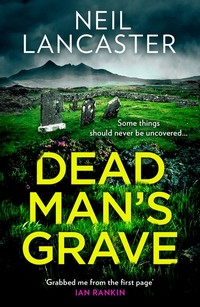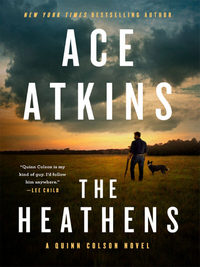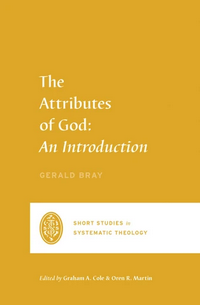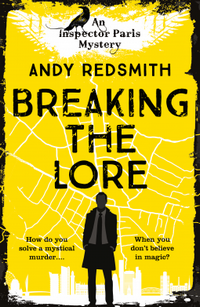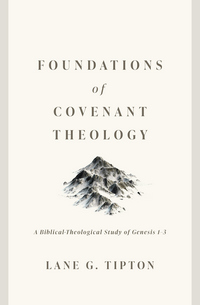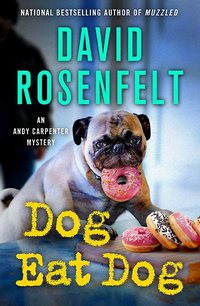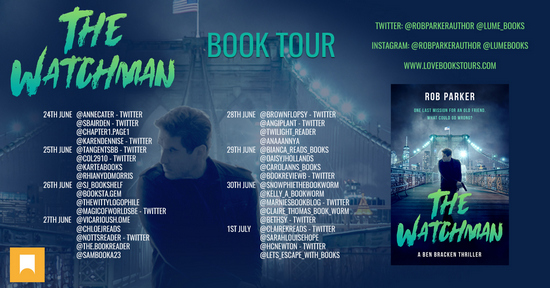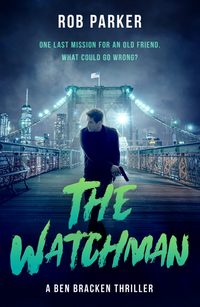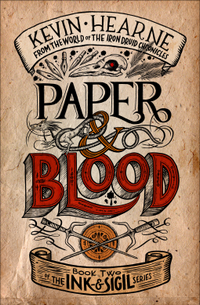 |
Paper & Bloodby Kevin Hearne eARC, 304 pg. Read: July 31-August 3, 2021 |

What’s Paper & Blood About?
Al MacBharrais gets a message from an apprentice Sigil Agent—her teacher went to investigate an oddity in Australia and didn’t return—a nearby Agent went looking for her and hasn’t returned either. She’s (rightly) worried and needs help. She’s close to taking her exams, but she’s not at the point she’d need to be to take on whatever it was that seems to have captured—or killed—two veteran Agents.
Al and the hobgoblin in his service, Buck Foi, hitch a ride with a Fae to deliver them to Melbourne. Al also asks if a message can be delivered to the Iron Druid, Atticus O’Sullivan (now going by the alias Connor Molloy). If whatever this is has proved too much for two Sigil Agents, he knows that he and the apprentice are going to need all the help they can get.
Connor and his two dogs—Oberon (it’s been too long since I got to spend time with him, even if we only get a little bit of his speech) and Starbuck—join Al, Buck, and Ya-ping (Shu-hua’s apprentice) and they head to a hiking trail that was the last known location to find hikers screaming and fleeing from some sort of monster. There are injuries and casualties—and a monster unlike anything they’ve seen and/or read about. It’s not long before they decide that this monster is likely just the first thing they’ll have to deal with to find the Agents—and it’s probably going to get much more dangerous. Eventually, Nadia—the manager of Al’s print shop and battle seer—joins in the search when she starts getting visions of the danger they’re headed toward.
The Iron Druid Chronicles Postscript
This series is a spin-off of the Iron Druid Chronicles and functions very well in that way. But it frequently felt like Connor/Atticus was about to take over the focus of this book—just with Al’s narration rather than Connor’s first-person. That never happened, I just wondered a few times if it would.
At the same time, Paper & Blood served as a sequel to Scourged, or maybe it’d be more accurate to say that it was a belated epilogue to it. The more time that goes by the less satisfied I’ve become with the conclusion of Scourged and where it left Atticus and Oberon. This is the ending they needed, and even if I didn’t think Al, Buck, etc. were fully entertaining on their own, I’d be glad I read this for the Connor material.
I do hope that he can drop into this series from time to time, still—I’m not ready to say goodbye forever. But if I have to, this is the note I want to go out with.
Secondary Characters
In addition to those I mentioned above, there’s a local police officer, a couple of familiar faces from the Iron Druid Chronicles, and the return of someone from Ink & Sigil—it’s tough to describe without ruining the effect Hearne’s going for. But let me just say that something that I thought was a throwaway line in that book comes back and means so, so much more than I could’ve guessed (am pretty sure Al would say the same). Hearne is able to take these characters—new and established—and make you care about what they’re facing in no time flat. I’ve always been impressed in his skill in that and, if anything, he’s getting better at it than he was when Hounded first came out.
And, the monsters, too. I guess I should talk about them—Hearne let his very fertile imagination go crazy with these strange hybrid creatures (like the Turtle Dragon Spider that I mention in the headline)—it was great to see in action, and horrible to imagine.
Paper and Ink
Along the way, Al gives lessons about/tributes to the making and uses of both paper and ink in his narration. These little vignettes are just golden. They cement Al’s calling as a Sigil Agent—one who deals in ink and paper as their stock in magical trade—and capture the romance of these things that readers depend on just as much as the Agents do. Even in our world, these things are used to make magic and I appreciate Hearne reminding us of that.
So, what did I think about Paper & Blood?
There’s just so much to like about this book that it’s hard to know where to start. There’s the Glaswegian dialect that, like Ink & Sigil, the narration is written in (or at least a flavor of it)—Hearne gives us a nice Author’s Note describing it, too.
Next, I’d talk about the perspective that an elderly protagonist is able to approach things in—he has wisdom and experience that your typical UF narrator doesn’t. Something in the way that MacBharrais and the rest are able to use to defeat the final monster that gives him an idea about how to combat his curse—I’m assuming we’ll get to see it in action soon (I’m not sure how long Hearne plans this series, but I’m pretty sure it’s about over as soon as Al takes care of the curse). I don’t know if it’ll work or not, but I like that Hearne seems to be finding a way to resolve things that doesn’t fit the typical UF mold. Just the fact that Al is able to start making this plan says a lot about him. I should really spend a couple of paragraphs talking about what makes Al unique, but I don’t have the time.
There’s also all the fun of the supporting characters and what they bring to the story—again, something I should spend more time on, but I’d end up spoiling something—but while there’s nothing wrong with the main plot (killing monsters and trying to find the Agents), it’s these secondary characters and plots that make this so much fun.
There’s really just so much to commend about this book that I can’t list it, so I’ll just say that this is a must-read for anyone who enjoyed Ink & Sigil to any degree—this shows what Hearne can do in this world now that it’s established—and/or IDC. I don’t know that this is the best jumping on point—but if you do, you’re not going to regret it (your life would just be easier if you read the first book before this, though).
Hearne’s one of the best around, and this just cements this—go pick up Paper & Blood now.

Disclaimer: I received this eARC from Random House Publishing Group – Ballantine via NetGalley in exchange for this post—thanks to both for this.
This post contains an affiliate link. If you purchase from it, I will get a small commission at no additional cost to you. As always, opinions are my own.
![]()


